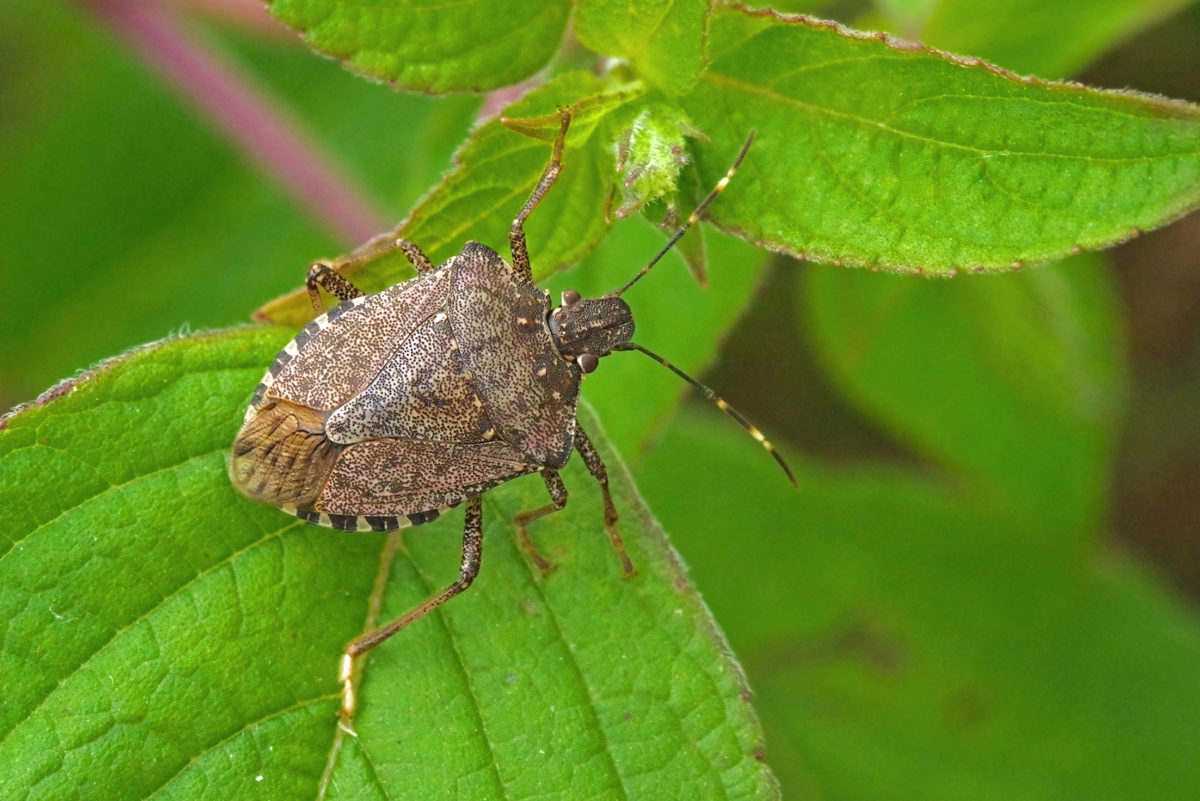Invasive alien species pose a substantial threat to livelihoods and food security around the world, says QU Dongyu, Director-General of the Food and Agriculture Organization of the United Nations.
He was commenting on a major report by the Intergovernmental Platform on Biodiversity and Ecosystem Services (IPBES), which finds more than 37,000 alien species have been introduced by human activities to regions and biomes around the world.
Approved on Saturday in Bonn, Germany, by representatives of the 143 member States of IPBES, the Assessment Report on Invasive Alien Species and their Control finds that alongside dramatic changes to biodiversity and ecosystems, the global economic cost of invasive alien species exceeded $423 billion annually in 2019.
Costs have at least quadrupled every decade since 1970.
QU Dongyu says invasive species can manifest as destructive crop or forest pests or displace species targeted by fisheries.
“They are an important driver of biodiversity loss and hence a threat to the various ecosystem services that support agricultural production and sustainable livelihoods.
“The information contained in this report will contribute greatly to efforts to combat the spread of invasive alien species and to meeting Target 6 of the Kunming-Montreal Global Biodiversity Framework. It will be especially valuable for all of us who work to integrate the conservation and sustainable use of biodiversity into the world’s agrifood systems to enhance their productivity and resilience.”
The report says the severe global threat posed by invasive alien species is underappreciated, underestimated, and often unacknowledged.
More than 3,500 of the invasive alien species seriously threaten nature, nature’s contributions to people and good quality of life.
“Too often ignored until it is too late, invasive alien species are a significant challenge to people in all regions and in every country,” the report says.
In 2019, the IPBES Global Assessment Report found that invasive alien species are one of the five most important direct drivers of biodiversity loss – alongside changes in land- and sea-use, direct exploitation of species, climate change and pollution.
This finding prompted governments to task the IPBES with providing the best available evidence and policy options to deal with the challenges of biological invasions.
The resulting report was produced by 86 experts from 49 countries, working for more than four and a half years. It draws on more than 13,000 references and includes significant contributions from Indigenous Peoples and local communities, making it the most comprehensive assessment ever carried out of invasive alien species around the world.
Nearly 80% of the documented impacts of invasive alien species on nature’s contributions to people are found to be negative – especially through damage to food supplies.
Similarly, 85% of documented impacts negatively affect people’s quality of life – for instance through health impacts, including diseases such as malaria, Zika and West Nile Fever, spread by invasive alien mosquito species.
Most negative impacts are reported on land (about 75%) – especially in forests, woodlands and cultivated areas – with considerably fewer reported in freshwater (14%) and marine (10%) habitats .
Prevention measures – such as border biosecurity and strictly enforced import controls – are identified by the report as having worked in many instances, such as the successes achieved in Australasia in reducing the spread of the brown marmorated stink bug (Halyomorpha halys). Preparedness, early detection and rapid response are shown to be effective at reducing rates of alien species establishment, and to be especially critical for marine and connected water systems .
Key Statistics and Facts from the Report
Species
- >37,000: alien species established worldwide
- 200: new alien species recorded every year
- >3,500: invasive alien species recorded globally, including 1,061 plants (6% of all alien plant species), 1,852 invertebrates (22%), 461 vertebrates (14%) and 141 microbes (11%)
- 37%: proportion of known alien species reported since 1970
- 36%: anticipated increase in alien species by 2050 compared to 2005, under a “business-as-usual” scenario (assumes past trends in drivers of change continue)
- >35%: proportion of alien freshwater fish in the Mediterranean basin that have arisen from aquaculture
Impacts
- 34%: proportion of impacts reported in the Americas (31% Europe and Central Asia; 25% Asia Pacific; 7% Africa
- 75%: impacts reported in the terrestrial realm (mostly in temperate and boreal forests and woodlands and cultivated areas)
- 14%: proportion of impacts reported in freshwater ecosystems
- 10%: proportion of impacts reported in the marine realm
- 60%: proportion of recorded global extinctions to which invasive alien species have contributed
- 16%: proportion of recorded global extinctions in which invasive alien species have been the sole driver
- 1,215: local extinctions of native species caused by 218 invasive alien species (32.4% were invertebrates, 50.9% vertebrates, 15.4% plants, 1.2% microbes)
- 27%: invasive alien species impacts on native species through ecosystem properties changes (24% through interspecific competition; 18% through predation; 12% through herbivory)
- 90%: global extinctions on islands attributed mainly to invasive alien species
- >$423 billion: estimated annual economic cost of biological invasions, 2019
- 92%: proportion of economic costs of biological invasions attributed to invasive alien species damaging nature’s contributions to people and good quality of life (with the remaining 8% of costs related to biological invasion management)
- >2,300: invasive alien species documented on lands managed, used and/or owned by Indigenous Peoples
- 4x: rise in the economic cost of biological invasions in every decade since 1970
Policy and management:
- 80% (156 out of 196): countries with targets in national biodiversity strategies and action plans for managing biological invasions
- >200%: increase in the last decade in the number of countries with national invasive alien species checklists, including databases (196 countries in 2022)
- 83%: countries without specific national legislation or regulations on invasive alien species
- 88%: success rate of eradication programmes (1,550) conducted on 998 islands
- >60%: success rates of biological control programs for invasive alien plants and invertebrates
Source: Intergovernmental Science-Policy Platform on Biodiversity and Ecosystem Services












